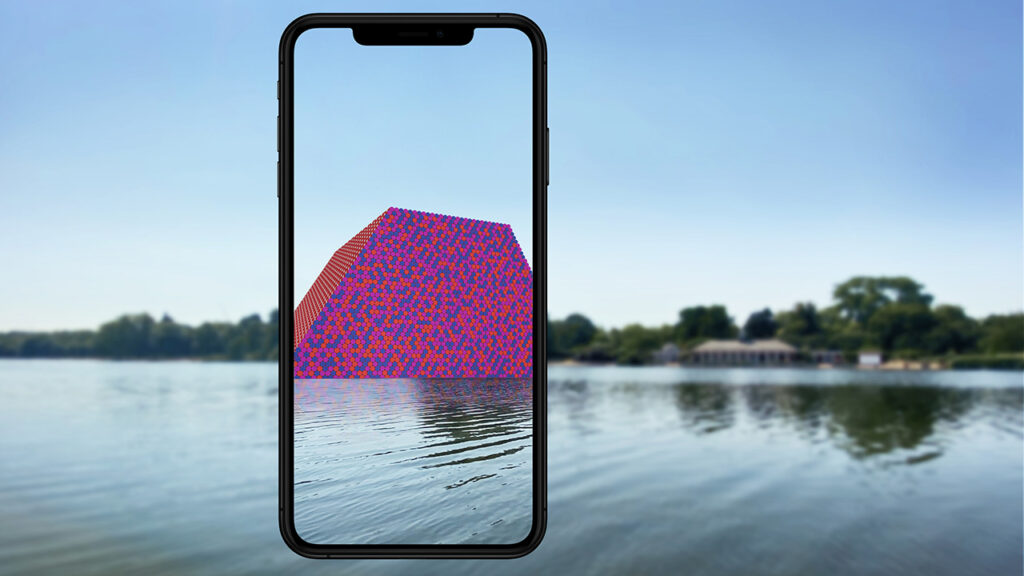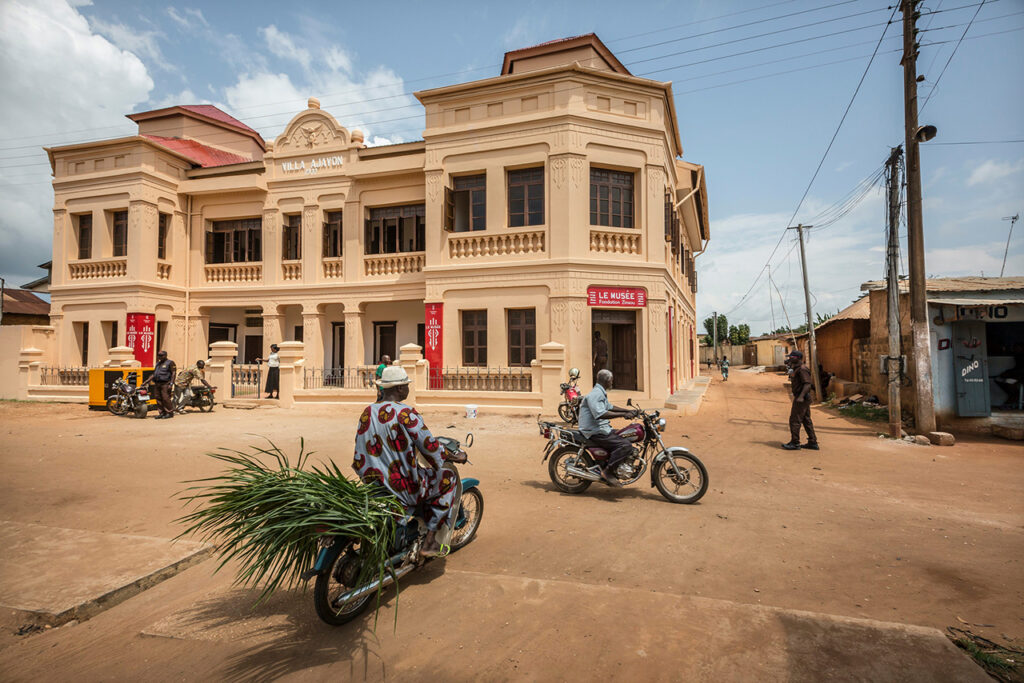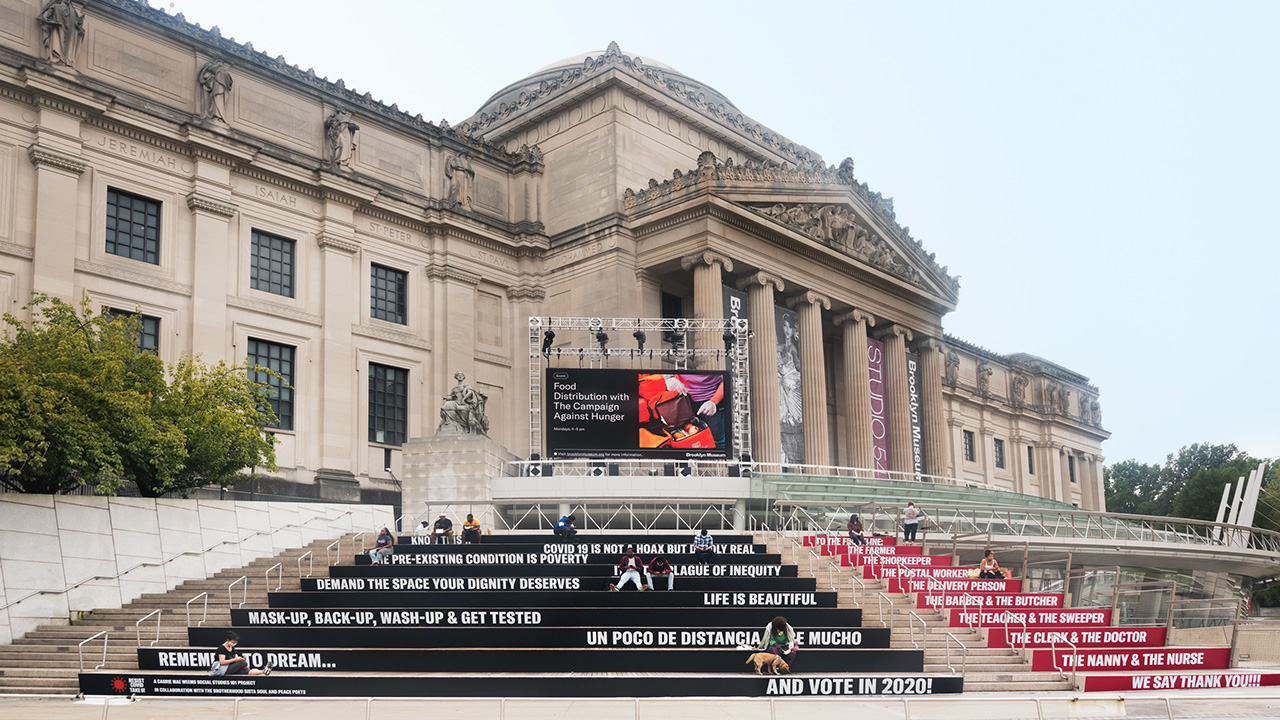Idiomatic sleights-of-hand routinely fail when describing professionals like András Szántó, the Budapest-born museum maestro who has been working as an arts writer, editor, and academic since the late ’80s. Following a Ph.D. at Columbia University in New York, Szántó has ranged in his appointments from research affiliate at Princeton to a visiting critic at the American Academy of Rome. He’s a sought-after moderator at venues like Art Basel and CIMAM, where he recently engaged preeminent museum directors in a dialogue on the social value of museums. His firm, Andras Szanto LLC, consults foundations, institutions, and leading brands on cultural strategy. It’s fair to say the man knows museums.
During the COVID-19 lockdown of 2020, Szántó embarked on a series of conversations about museums and modernity with directors of institutions all over the world, “partially as a pandemic survival mechanism,” he quipped.
Those conversations manifested as The Future of the Museum: 28 Dialogues, published in January by Hatje Cantz. This timely book takes stock and talks shop with an eye towards futurity through interviews with Franklin Sirmans of Perez Art Museum Miami, Axel Ruger of the Royal Academy of Arts in London, and Shuaya Raffel of M+ Museum in Hong Kong, among players in the cultural field. Below, Szántó speaks with Jing Culture & Commerce about his impressions of the museum sector as it stands, how it’s changing, and what we can expect in the coming years.
To start, what are your reflections on how the pandemic has impacted the museum sector?
The first thing I would say is that there’s nothing really special about the museum sector in terms of what this experience has meant. Just as COVID is more threatening to those with underlying conditions, COVID has brought society’s underlying conditions more to the surface — it’s accelerated a pivot that’s already underway. There’s a growing number of people interested in the remit of the museum, looking towards community-facing directions built around that central core idea but striking deeper roots into the community.
What’s become clear over the last year is that COVID was really three crises layered on top of each other: first, the health crisis; second, the crisis of the museum model, which relies on a lot of earned income from visitation and resulted in a lot of layoffs; and third, this reckoning with systemic injustice. I think that third piece will have the most lasting reverberations. The necessity and urgency of the adaptations, they require you to rethink every part of the museum, from curation to collection management to protocols, policy, procedure, governance.
What are your thoughts on corporate partnerships with museums? How does it impact the work and the institution’s intent?
Today, more than ever, corporate initiatives, not just underwriting, can help museums achieve goals that in the current restricted environment they would not otherwise be able to achieve. Whenever I talk about corporate art engagement with a new client or a class I’m teaching, I always start with a Venn diagram. One circle is the brand’s interests, one circle is the legitimate art world sphere, and hopefully, there is an area where these circles overlap. There can be initiatives where the brand can engage their clients or tell stories that broadcast their values, but the activity has to be additive to the art world and should be received as something that is useful, necessary, and promotes new artists.

“The museum without walls that is emerging with new technology may be imperfect,” Daniel Birnbaum, Director & Curator of Acute Art, told Szántó, “but in principle, it is already here.” Image: Acute Art
Post-COVID, are there any trends or predictions in the realm of the digital that you see happening?
Obviously, the pandemic put us on a digital rocket ship. One of the directors I talked to in the book said that during the shutdown, he called the 25-year-olds in his digital department and just said, “You’re in charge now.” It’s probably incubated some phenomenal projects that will stay. At the same time, nothing in our lifetime has been a stronger reminder of the yearning not just for an encounter with physical objects, but a communal encounter in an architectural space.
What I see coming out of the pandemic is a multipolar approach to museum programming. In curatorial practice, I hope we can move beyond thinking of an exhibition as a bunch of objects in a white cube with a cinderblock catalog, but instead, a experience that’s going to be built from a ground up with other activations opportunities being maximalized — from the first moment of conceptualization, the digital activation being not just a follow-up idea, but that piece being involved with the same level of commitment.
Do you think that yearning for objects will also factor into the current interest in NFTs? That’s also a deeply online way of thinking about art collection.
Newsflash: objects are here to stay. NFTs are on our radar, and with a certain kind of artist, they are an amazing opportunity. I also think it will be interesting to see if these new channels will be absorbed into the institutional status quo, or whether they will solidify mobility channels for artists who are not particularly successful at being absorbed into the mainstream art world, and create ladders for their inclusions.

Marie-Cécile Zinsou, President of the Musée de la Fondation Zinsou, in conversation with Szántó: “People want to come and see their culture in a museum. A museum means you have a culture.” Image: Jean-Dominique Burton / Hatje Cantz
Were there any unexpected revelations from your conversations for the book?
I think the main surprise was how coherent this desire for evolution and change is. This institutional form of the museum that many people think of as crusty, elitist, and frozen is actually pliable, open to change, and capable of evolving. Also, it was a very pleasant confirmation of my optimism that the most interesting ideas about museums are coming out parts of the world that really only just began to have museums — institutions in Africa, for instance, that are going straight to 2.0 and don’t have to retrofit but can build for the future. They have to struggle not just for visitors, but to explain what a museum is, so they really have the answers for what the value proposition of a museum is.
Now that we’ve had this expansion and efflorescence of museums all over the world, we are entering into an era of pluralism in museums. Art can be polyphonic and diverse and global, but the idea that the museum itself can also be polyphonic, differentiated, and locally specific was a wonderfully refreshing realization, and one that made me want to be around them all the more.



